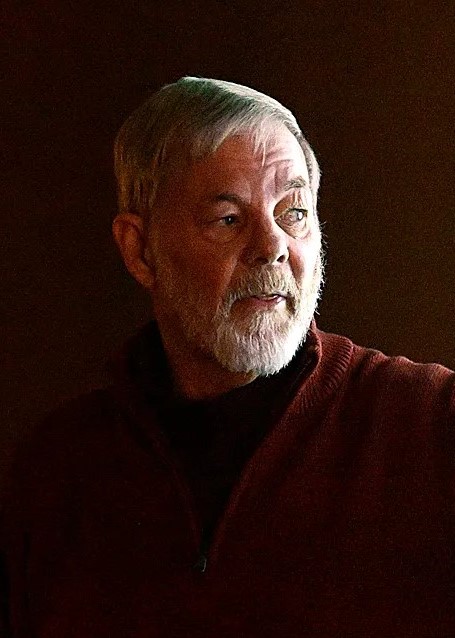My eyes and ears have the ability to cover much greater distances in significantly shorter periods compared to my feet. I am appreciative of this capability as they provide me with meaningful details.
As the transition from winter to spring unfolds gradually each day, life stirs from its seasonal slumber, promising a revival of activities. These assurances manifest in subtle occurrences like the territorial melodies of black-capped chickadees, audible even when the singer remains unseen.
During this time of year, the naturalist within me becomes more observant of the surroundings. One expression of this heightened awareness is the eager anticipation of encountering the first wildlife of the season.
I ponder on whether the majestic American white pelicans will grace us with their presence before February bids farewell, or if we must wait until early April for their arrival. The return of Cooper’s hawks to their nest nearby, and the rhythmic pecking of northern flickers on the chimney cap, also capture my curiosity.
I eagerly await the sighting of the initial warbler of the year, speculating if it will be a yellow-rumped warbler. The departure of nestling great horned owls from their nests, and the diligent efforts of great blue herons in fortifying their nests with fresh twigs, are events I keenly anticipate.
The arrival of the first Swainson’s hawk from its South American sojourn, and the departure of the final rough-legged hawk of the season, are moments I eagerly await.
Although my affection for birds is profound, I am equally intrigued by other forms of wildlife that pique my interest and contemplation.
I wonder about the identity of the first butterfly to grace my sight this year—will it be a mourning cloak, a Milbert’s tortoiseshell, a cabbage white, or a painted lady?
Which species of spider will make its debut first—the agile jumping spider or the camouflaged crab spider?
The first chirp of a cricket, the nocturnal exploration of nightcrawlers amidst fallen leaves, the chorus of striped chorus-frogs in the cattail marshes, and the subsequent arrival of northern leopard frogs and bullfrogs captivate my anticipation.
I ponder on encountering the initial reptile of the year—will it be a lizard or a snake? Perhaps a short-horned horned-lizard, a swift six-lined racerunner, or a diminutive lesser earless-lizard? The prospect of spotting gartersnakes, bullsnakes, or northern watersnakes also intrigues me.
Based on years of observation, I predict that either filaree, sand-lily, or Townsend’s Easter-daisy will be the inaugural wildflower to bloom, unless a dandelion surprises me on a sunlit fence.
The array of marvels and expectations is extensive. Yet, what truly captivates me is not the multitude of possibilities, but the essence of curiosity and anticipation itself.
These contemplative states keep me vigilant and attuned to the intricacies of the world and its seasonal transitions. Witnessing the graceful flight of white pelicans or listening to the melodious chorus of chorus-frogs enriches my daily experiences. They serve as reminders that life persists and evolves. Engaging with life in such intimate ways imparts a sense of fulfillment—a spiritual richness that transcends material wealth.
